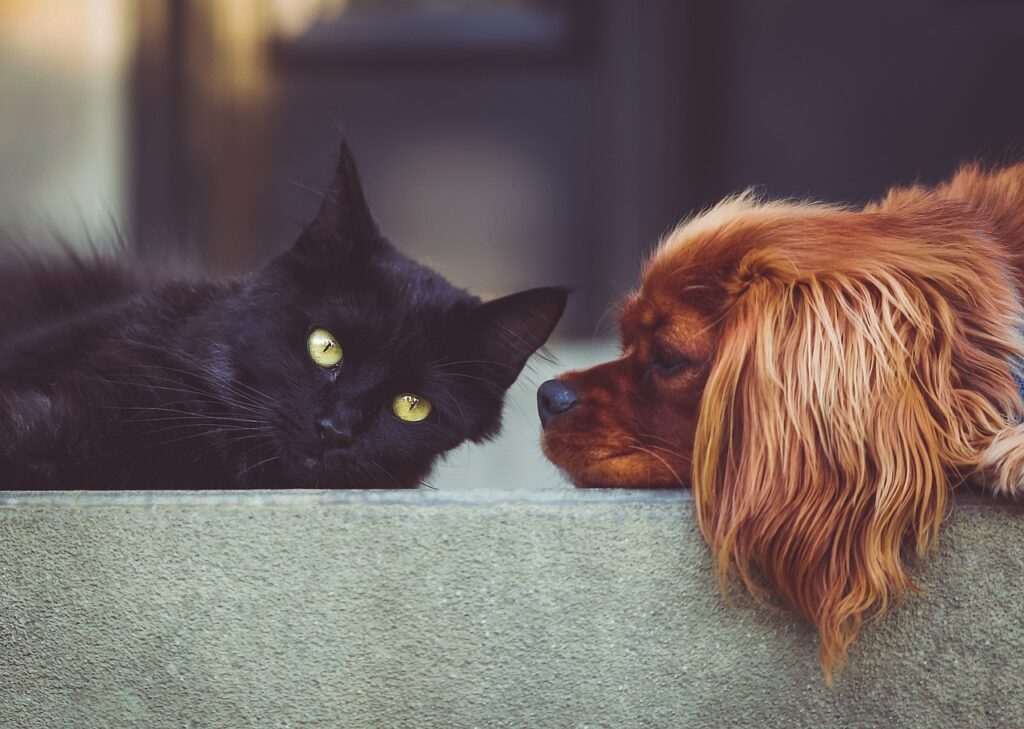If you’re using air fresheners, mothballs, or scented laundry products, you may be unknowingly putting your pets—and your family—at risk. These everyday items release toxic chemicals that affect:
- 🐶 Pets (especially small dogs, cats, and birds)
- 👶 Babies and children
- 👵 Elderly family members
- 🧑🦱 People with asthma, allergies, eczema, MCS, or autoimmune illness
Pets are especially vulnerable because they breathe closer to the ground, groom themselves, and absorb toxins through their paws and fur.
🐜 Are Mothballs Toxic to Pets? Yes—And Here’s Why
Mothballs often contain:
- Naphthalene – toxic to the liver, kidneys, and blood
- Paradichlorobenzene (PDB) – a neurotoxin and suspected carcinogen
💥 Ingestion or inhalation can cause:
- Vomiting
- Seizures
- Organ damage
- Even death in severe cases
📚 VCA Hospitals: Mothball Toxicity in Pets
✅ Try natural alternatives like cedar chips, herbal sachets, or lavender bundles.
🌬️ The Danger of Air Fresheners for Pets and Humans
Many air fresheners release VOCs (Volatile Organic Compounds) and phthalates. These chemicals are linked to:
- Lung irritation
- Hormonal disruption
- Migraines and dizziness
- Long-term exposure issues in small animals
📚 MadeSafe: What’s Really in Air Fresheners
🚘 Want a safer ride? Read:
👉 How to Keep Your Car Smelling Fresh Without Toxic Chemicals
🧺 Scented Laundry: The Chemical Residue You Can’t See
Laundry detergents, fabric softeners, and dryer sheets leave chemical residues like:
- Formaldehyde
- Benzyl acetate
- Limonene
Pets sleep on your bed, snuggle your clothes, and breathe in these residues daily. These chemicals can trigger:
- Skin irritation or itching
- Respiratory inflammation
- Chronic allergy symptoms
📚 Natural Living Family: Chemicals in Laundry Detergent
🌿 How Chemical Fragrances Trigger Allergies in Pets (and People)
Fragranced products release toxic chemicals that can trigger allergic reactions and inflammation in both pets and people.
🐶 In pets, this can look like:
- Constant scratching or licking
- Red, irritated skin
- Ear infections
- Sneezing or watery eyes
- Digestive issues
- Behavioral changes
👶 In people (especially kids or those with asthma, eczema, or chronic illness):
- Coughing, wheezing, or sneezing
- Itchy skin or eczema flare-ups
- Brain fog and fatigue
- Headaches or sinus pressure
These reactions are often misdiagnosed or ignored. But switching to fragrance-free living can reduce symptoms dramatically.
👉 Want to learn more about this sensitivity? Read:
When Scents Make You Sick: Living with MCS in a Scent-Soaked World
✅ Safer Alternatives: How to Detox Your Home
To protect your pets and your family:
- 🧼 Use fragrance-free products (not just “unscented”)
- 🛑 Avoid products listing “fragrance” or “parfum” on the label
- 🧺 Wash pet bedding separately with non-toxic detergent
- 🪟 Air out your home regularly
- 🌿 Choose products with EPA Safer Choice or Made Safe certification
Even small changes—like swapping out laundry products—can make a big difference in your pet’s health and comfort.
🏡 Final Thoughts: A Fragrance-Free Home is a Safe Home
Pets can’t tell you what’s making them sick—but they feel it. And often, so do we. From allergies to asthma and beyond, cutting out toxic fragrances is a powerful act of love and care.
Every step toward a fragrance-free lifestyle protects your pets, your health, and your home.

